

By John Helmer, Moscow
@bears_with
President Donald Trump was told last week by NATO Secretary-General Mark Rutte that the Russian people are losing their confidence in President Vladimir Putin and in the war in the Ukraine because they are having to wait in line at their petrol stations; because their airport flights can be delayed for hours; and because their internet and mobile telephone connections go off suddenly.
What then will the American and NATO warfighters think of this — vodka and cognac production is falling in Russia this year: in the nine months to September, production is 17% down for cognac, 6% down for vodka. By contrast, the 9-month statistics from Rosalokoltabakkontrol (RATK), reported by Tass, reveal that the production of other alcoholic beverages has increased by 9.4%. This includes wine whose output is up 11.6% — sparkling wine up 9.6% — and the data aren’t counting production of beer, cider, poiré, and mead.
The reason, according to Moscow’s experts on the alcohol market, has nothing – repeat nothing — to do with the sanctions war which has blocked imports of US, French, Italian and other alcohol, or sharply raised their price when they come into the country as parallel imports through sanctions-busting hubs like Dubai. Also, the experts say that Russian drinkers aren’t going off their favourite vodka tipple because they are depressed at the slowness of the Russian Army’s battlefield advance, by the casualties, or by the impact of enemy operations like the Kursk invasion or drone attacks on the hinterland.
Russians haven’t stopped drinking because they think they are victims of what Rutte claimed in Washington last week was the “enormous amount of people dying and getting seriously wounded. The Russian economy is in difficult situation. We know we have these long lines into gasoline stations all over Russia at the moment. We know that the French president and others in Europe stepped up when it comes to the shadow fleet. And, of course, we have seen the pressure by the American president on some European countries to stop buying oil. So all of this is having an impact, with sustained pressure, we will be able to get Putin to the table to agree with a ceasefire and then other talks coming after that.”
The real reason is deliberate state policy to reduce consumption by raising the price of alcoholic drinks through lifting the excise tax. “People are beginning to choose cheaper or lower [proof] drinks,” Andrei Moskovsky told DwB; he is president of the Alcopro Guild, a producer association. “Production always works in conjunction with sales. No one needs to release something that won’t sell out. Most enterprises are now focused on the sale of products in the nationwide retail chains. Cognac sales have been falling since March because it has risen in price – the minimum retail price has increased by 17%. As a result, cognac costs at least 651 rubles per half litre; whisky and brandy, 472 rubles; vodka, 349 rubles.”
“By the end of this year, the rate of alcohol production will increase as a new excise tax rate has been announced. But this is only temporary. Starting from January 1, 2026, the excise tax on alcohol stronger than 18 degrees will increase by 11.4% to 824 rubles per litre. By the beginning of the new year, the factories will produce more alcohol than is required by current sales. This is done so that the product can be marketed with the old excise tax – at a price of 740 rubles per litre. Sales will increase through the New Year holiday due to the seasonal demand and also by people’s desire to buy cheaper drinks to stock up for the future. Then demand will fall and so will production.”
The outcome is that in September Russia recorded the lowest per capita alcohol consumption in 26 years, RATK reported. Comparing this year’s official data with earlier years, Vadim Drobiz, the director, just retired, of the Centre for Research on Federal and Regional Alcohol Markets (TsIFRRA), says that in the first year of the Special Military Operation and the escalation of European Union sanctions, there was over-production of all types of alcoholic beverages, especially strong drinks. “Each manufacturer hoped that the imports would ‘disappear,’ and it was necessary to have time to fill the market with their products. However, already by the fourth quarter of 2022, a decrease in production could be observed in some sectors – companies were lowering their production in line with market demand.” .
According to Drobiz, in the first year of the war the production of Russian rum, whisky and gin increased due to substitution of imports, but no significant increase in their consumption was recorded. At the time Drobiz expected that in 2023 alcohol production in Russia would stabilize and import volumes would recover. In 2022, he said, “alcohol consumption demonstrated trends which are usual for times of crisis — purchases of strong alcohol grew, sales of wine products, on the contrary, decreased.”
This year this trend has reversed.
The new evidence suggests that not only are Russians drinking less alcohol but there is a class difference in the rejection of vodka – bourgeois Russians are opting instead for wine, whisky, gin and rum; working-class Russians for wine and beer. The difference between them is money, and the impact of the Kremlin’s temperance tax. Drobiz says he has retired and doesn’t want to talk about the alcohol market any longer.
For the recent history of the Russian alcohol market from 2010 to the present, read the Drobiz archive here.
The production, distribution and retail market for alcohol is so far not (repeat not) dominated by the leading Russian oligarchs with large agricultural land holdings, agribusinesses, and retail supermarket chains; some of them have bought French winegrowing estates and vineyards in Crimea and southwestern Russia but these appear to be personal trophy assets, not attempts at market capture.
THE LEADING RUSSIAN ALCOHOL PRODUCERS BY TOTAL SALES (Rb)

Source: Forbes Russia republished in https://tadviser.com/index.php/Article:Alcohol_production_in_Russia The dominant domestic production company Novabev is listed on the Moscow Stock Exchange (ticker BELU) with shareholding control held by Nikolai Belokopytov and Aleksander Mechetin; the latter founded the company in 1998. The second-ranking producer, Alvisa, is the Russian branch of the Spanish company of the same name. Unlike other American, British, and European producers, Alvisa has not exited from the market since the sanctions war intensified the pressure on its international competitors. However, Alvisa was acquired by Suntory of Japan in 1984. For a bond issue prospectus on Alvisa’s operations in Russia as of 2007, read this.
5-YEAR SHARE PRICE TRAJECTORY FOR NOVABEV

Source: https://www.tradingview.com/symbols/RUS-BELU/?timeframe=60MThe chart reveals that in October 2020 the share price of Novabev was Rb155.80. This then jumped fivefold to Rb774.40 as the sanctions war stimulated demand for domestic production. The peak came at Rb774.40 in April 2024. Since then there has been a slow but steady decline to the present when BELU is trading at Rb377; this is half the peak price but still more than three times the pre-war price. The company products include rum, cognac, gin, and liqueur, as well as wines and other low-alcohol beverages. Its brands include Beluga, Veda, Myagkov, Belenkaya, Gosudarev Zakaz, and Zolotoy Rezerv. In the wine market, as of June this year “the Ministry of Agriculture reports that Russian wines make up about 58% of all wine retail sales nationally, and in some regions, such as the North Caucasus Federal District, this figure climbs slightly higher to 58.5%. Domestic wines are also seeing stronger placement in both retail chains, restaurants and hotels, with local wines representing up to 40%–50% of offerings in supermarkets and up to 30% in the sparkling wine category.”
Alexander Mechetin, the founder of the Novabev group, the leading domestic producer, reported in an interview in 2021 that the long-term consumption trend for vodka was downward. “The consumption of vodka in Russia is falling. Fifteen years ago [2006] it was 140 million decalitres per year, and now [2021] it’s at the level of 75 million, almost two times less. This is in the legal market, according to Rosstat. I think this dynamic reflects more or less the actual consumption. Obviously, over these fifteen years the beer market has grown. We also see that people began to switch to the so-called brown spirits – products based on aged alcohols such as whisky, brandy, rum, etc. Russia is already in the top-10 in terms of consumption of whisky, the volume consumed is comparable to that in the UK. The popularity of still small categories for Russia, such as gin and tequila, is growing. All of them will take away the share of vodka in the long run.”
In a new report published last week in Moscow, the end of the Yeltsin binge-drinking era was recorded. “The average per capita consumption of alcohol in the country in September [2025] amounted to 7.84 litres. At approximately this level, this figure was last recorded in Russia in 1999. In August of this year, it was 7.93 litres per person.”
It does not necessarily follow that Russians have begun to drink less, commented Maxim Chernigovsky, associate professor of the Department of Management of the Presidential Academy in St. Petersburg. “He has called the data the result of structural changes in the market. According to him, the consumption of legal alcohol has decreased, but not necessarily the total volume. ‘The growth of excise duties and duties has lifted retail prices, so some buyers went into the shadows – to illegal products that are not taken into account in official statistics,’ the expert believes.”
Chernigovsky also noted that restrictions on the retail sale of alcohol have increased in the regions: trade hours are reduced, alcohol-free zones have been expanded. “All this reduces the legal turnover. As a result, the statistics are recording a drop in sales, but Chernigovsky believes that real consumption remains stable because the share of the unrecorded and illegal market is growing.”

Left to right: Vadim Drobiz, Alexander Meshetin, Maxim Chernigovsky.
There is in fact no reliable way to measure the scale of consumption of counterfeit brand and untaxed alcohol. In July Drobiz told an industry publication: “Cheap vodka costs between RUB 350 and RUB 400, and cheap whiskey RUB 500. A small share of consumers with new money in 2021-24 switched from cheap vodka to cheap whisky, rather than moving up the vodka price ladder – whisky seems to have much higher prestige. Vodka sales between 2017 and 2024 rose just 4.5%, while sales of other spirits surged more than 76.0%. But in 2025, with disposable income no longer growing, the situation has reversed: whereas between 2017 and 2024, consumers of counterfeit and homemade alcohol had moved to the legal vodka market (and others upgraded to more expensive spirits), now they are going back.”
“Moreover, these so-called ‘exotic’ Russian spirits often fall short in terms of quality. Most domestically produced whisky is not aged in oak barrels for years, but rather steeped in oak chips for a few weeks. ‘Russian rum’ is often made not from sugarcane but from concentrate with the same alcohol used for vodka.”
An industry analysis of last July reported that “85% of Armenian cognacs in the Russian market are dangerous products. This was shown by a joint study of the Union of producers of cognac, alcohol and alcoholic beverages (SOYUZKOGONYAC SAP) with the International Anti-Counterfeit Association.” The counterfeiting is a combination of brand forgery and substitution of low-cost ingredients. “We see that manufacturers are rapidly adapting to the new [control] measures and continue to falsify products. These are deliberate actions aimed at reducing the cost that lead to the deception of the consumer and can be a threat to health and even life.” Armenia has been the source of this alcohol, smuggled through Georgia.
“Also,” according to Drobiz, “vodka has always been easily replaced by moonshine.” Before the war domestic health experts assessed the volume of alcohol consumption indirectly by monitoring male mortality, which tended to rise with increased counterfeit alcohol circulation. But Rosstat has now shut down access to all demographic statistics.”
A psychiatrist reported by Russia.Post has said: “In Russia, stress is traditionally ‘treated’ with alcohol, [pseudonym] admits. Certainly in recent years, the younger generation especially has begun to see psychologists and psychotherapists more and take antidepressants. ‘But at the front – what antidepressants? There are actually military psychologists, but they are in the deep rear. What their qualifications are, how well they know how to treat PTSD – I do not know. Meanwhile, [100 grams of vodka] for front-line soldiers – this, you could say, is our national tradition (скрепа). Everyone sees it as normal,’ says [pseudonym]. Probably, she adds, those fighting in Ukraine from Russia’s Muslim regions, where alcohol is frowned upon but marijuana is not, use drugs instead of alcohol.”
“So, probably, Russians are not drinking less – they have just started drinking less legal alcohol. Plus, part of the population has switched to drugs, primarily cheap synthetic ones. Still, among the urban, more educated, younger and more prosperous Russians, strong alcohol seems to be really giving way to low-alcohol drinks and antidepressants. ‘A vacuum will always be filled. A person must cope with stress somehow. If they are used to numbing it with alcohol, they will do that. If they do not have that habit, they may choose a less toxic way,’ [pseudonym] believes.”
In 2023, following more than a decade of inter-government discussion, a state temperance plan called the Alcohol Consumption Reduction Concept was officially approved and commenced. As part of this plan, the government planned to reduce the average per capita volume of alcohol consumed by Russians from 8.9 to 7.8 litres. The final figures were planned to be achieved in 2030. The concept until 2030 sets the main objectives of strengthening the values of a healthy lifestyle, developing a system for the prevention of alcohol abuse, as well as developing a system of medical rehabilitation, social adaptation and re—socialization of people with alcohol dependence, the press service of the Ministry of Health noted at the time.”

Click on source for enlarged view of data charts: https://pubmed.ncbi.nlm.nih.gov/33182377/
The plan has directed the regions of Russia to introduce restrictions on the sale of alcoholic beverages. The most striking example has been Vologda region, where restrictions came into force in February of this year: alcohol is sold in the region on weekdays only for two hours a day, from 12:00 to 14:00. The Altai Republic is another example. The authorities of the region intend to completely ban the sale of alcohol on weekends and holidays.
In September 2021, Mechetin was asked how he sees the market competition between Novabev’s own brands of whisky, gin and rum and the now sanctioned import brands. “We have a set of competitive advantages in relation to the global companies. First, the distribution force. We operate logistics centers that are located throughout Russia. Almost everywhere we carry out direct sale. 85% to 90% of products pass through our own distribution network. Secondly, our products are affordable, as we do most of the operations without intermediaries. Finally, production in Russia is also cheaper.”
In the current Russian market, coffee is also being affected. According to a commercial beverage industry study reported in July of this year: “Half (50%) of Russians drink coffee several times a day. Another 22% drink at least one cup per day.”

Source: https://www.gazeta.ru/social/news/2025/10/01/26851682.shtml
“Only 12% of respondents completely refuse coffee. The remaining 6% drink coffee several times a week; 5%, a couple of times a month; another 5%, only on special occasions. From simple caffeine stimulation coffee is turning into an important lifestyle. The data of our survey show that buyers have become more conscious of the choice of coffee and pay more attention to the quality…47% of respondents still choose instant coffee, but the share of those who use coffee machines is now reaching 32%. Another 11% brew Turkish coffee. There is also a growing interest in alternative brewing methods, such as steam-pressure coffee makers (5%), drip packets (4%), and aeropress (1%). In addition, Russians are increasingly paying attention to the country origin of their coffee. One in four prefers the beans from Brazil, one in five from Colombia. Another 8% choose coffee from Ethiopia, 2% from Indonesia, Uganda and Kenya.”
The economic war against Russia has had limited impact on the sourcing of the country’s coffee bean supplies. The traditional sources have been Brazil, Vietnam, Colombia, India, and Ethiopia. Intermediary trade sources for the coffee, such as Italy, Germany and The Netherlands, have now been bypassed in favour of direct trading with the bean growers. The international price rise for coffee, but not the war, has impacted Russian consumption.
COFFEE PRICE ON THE INTERNATIONAL MARKET, 2020-25

Source: https://tradingeconomics.com/commodity/coffee According to the Rosstat data, the cost of instant coffee in Russia in September of this year exceeded four thousand rubles per kilogram. Both bean and ground coffee rose in price to almost two thousand rubles. At the same time, arabica has increased in price by about 1.5 times over the past year, and robusta by 1.4 times in three months. Among the reasons are the unfavorable crop situation in Brazil, duties from the United States against Brazilian coffee, as well as hoarding of stocks and market cornering of supplies by the Europeans.
The high Central Bank key interest rate is adding to the domestic cost of coffee consumption, the latest report claims. “There is a kind of optimization of consumer groups, against the background of which someone switches to more budget brands, and someone reduces the amount of coffee drunk per day. At the same time, in general, the trend for coffee consumption remains high, there have been no cardinal changes in this, the source noted. He recommended against waiting for the [international] price reduction, noting that at least in the next year this will not happen.”
“What can decrease? First of all, for this purpose coffee prices in world markets should fall sharply. In addition, it is necessary, as far as possible, to maintain a stable exchange rate of the ruble against the dollar, so that this factor is not included in the ruble price. We need to strive to reduce the refinancing rate, because it affects the cost of loans that are used by manufacturers.”

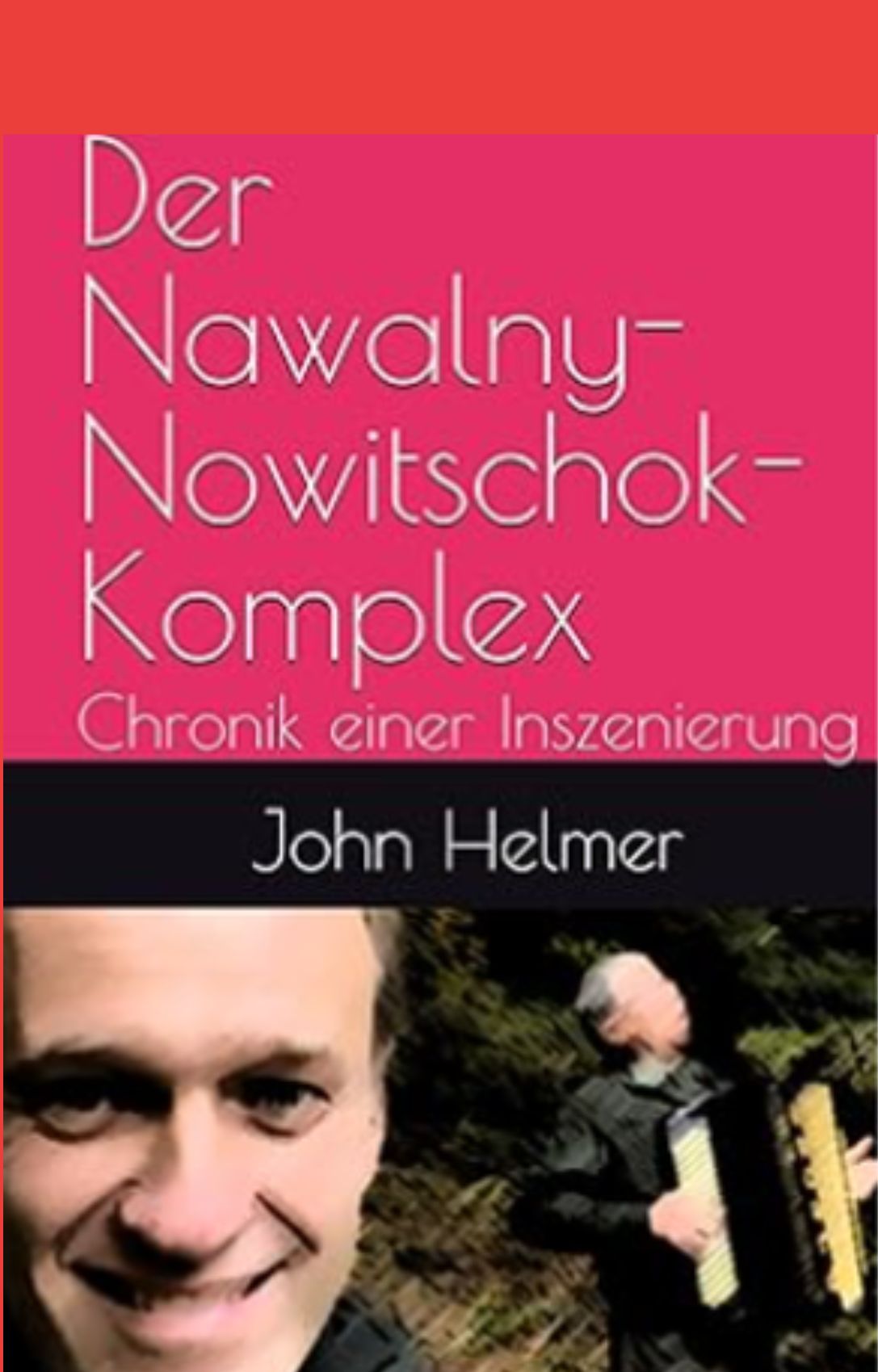

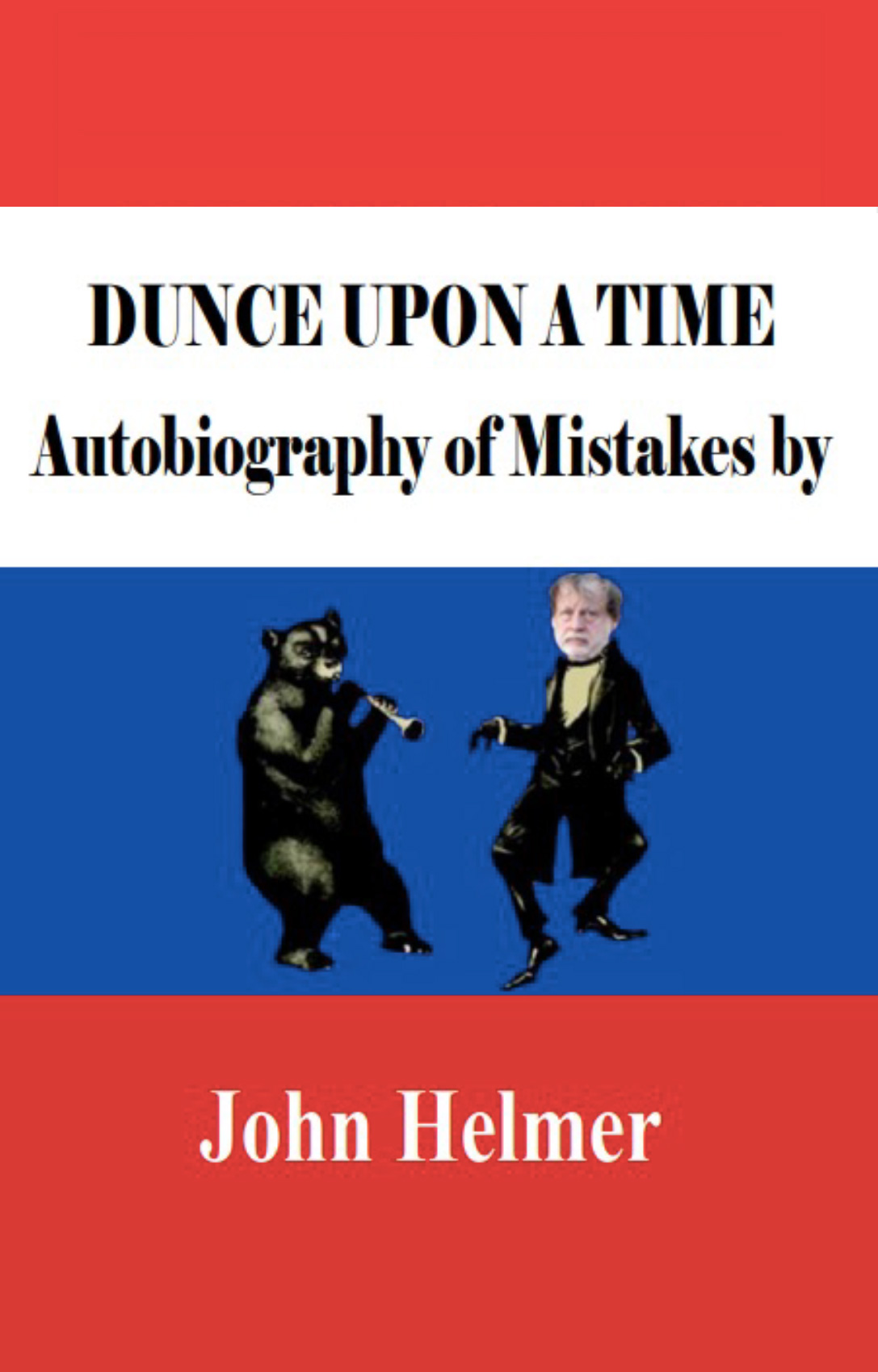
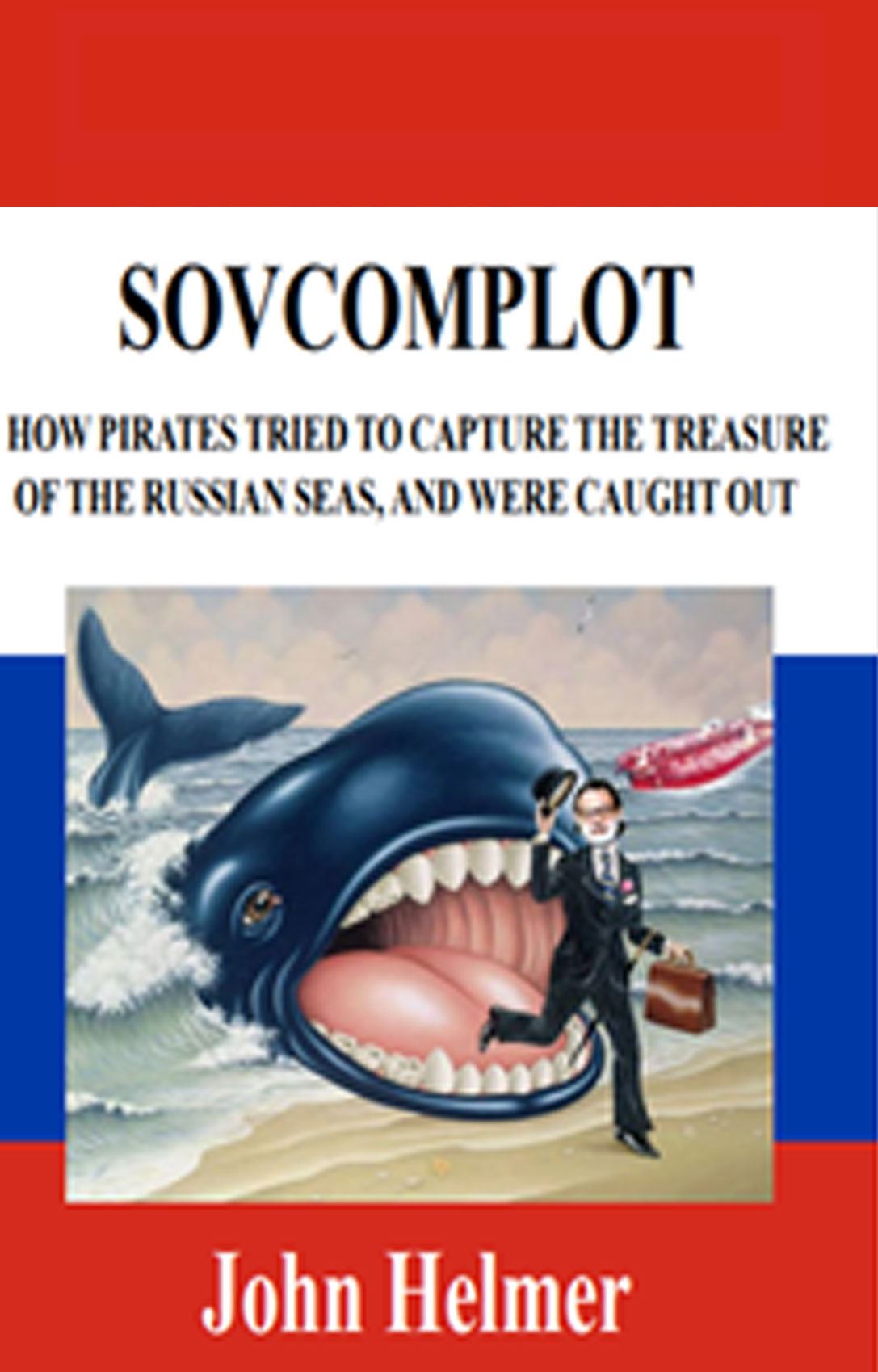

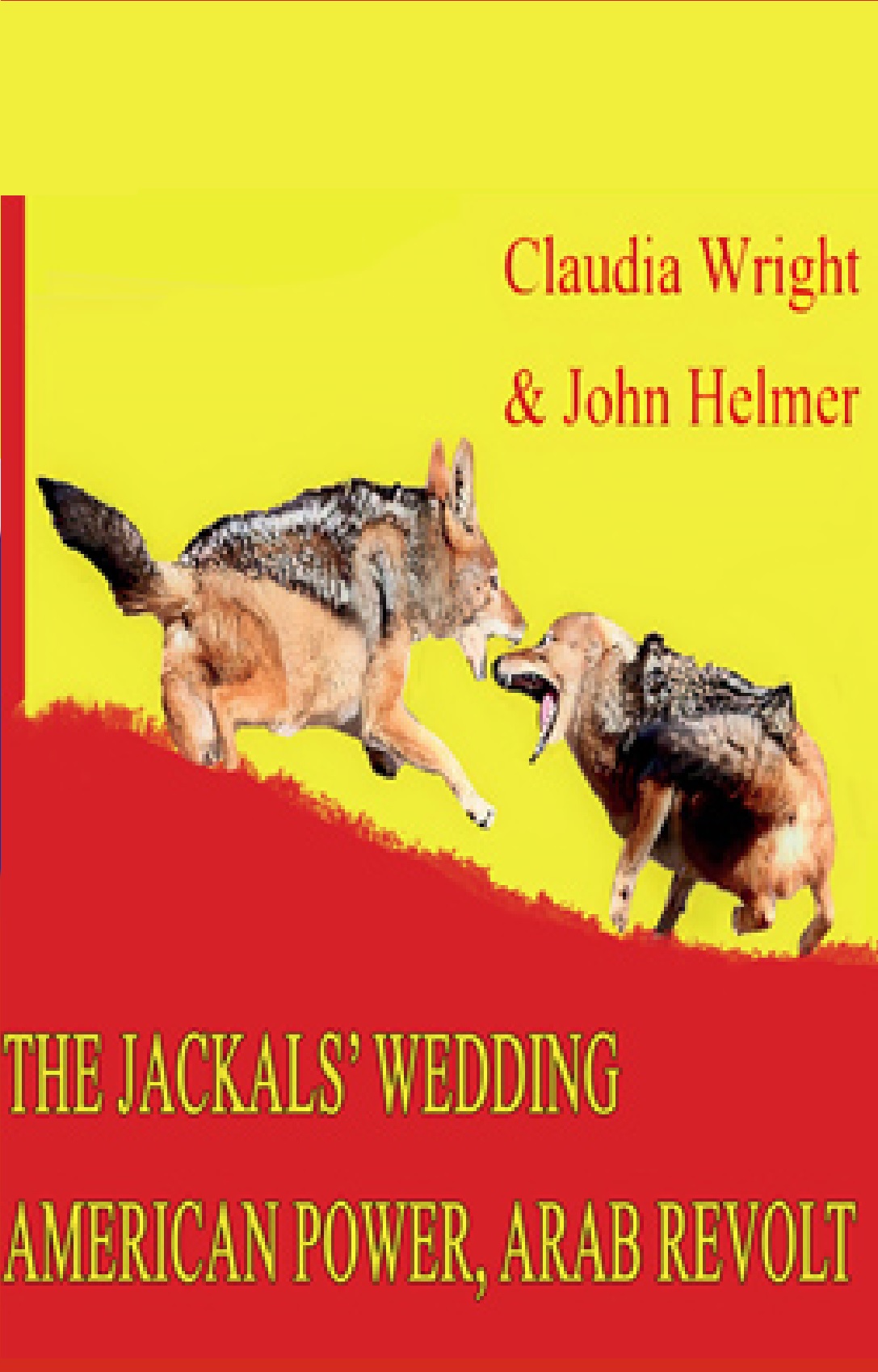

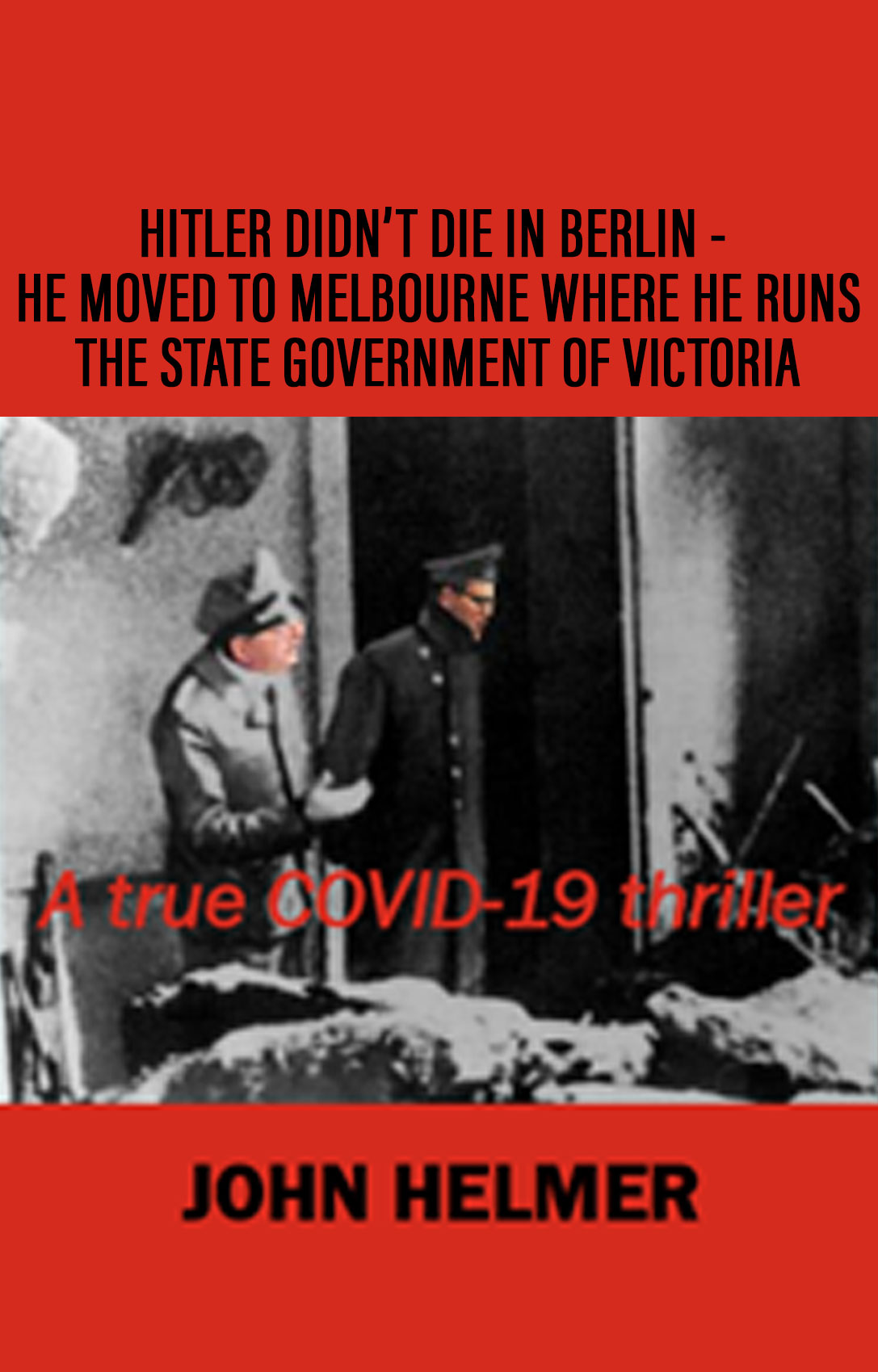
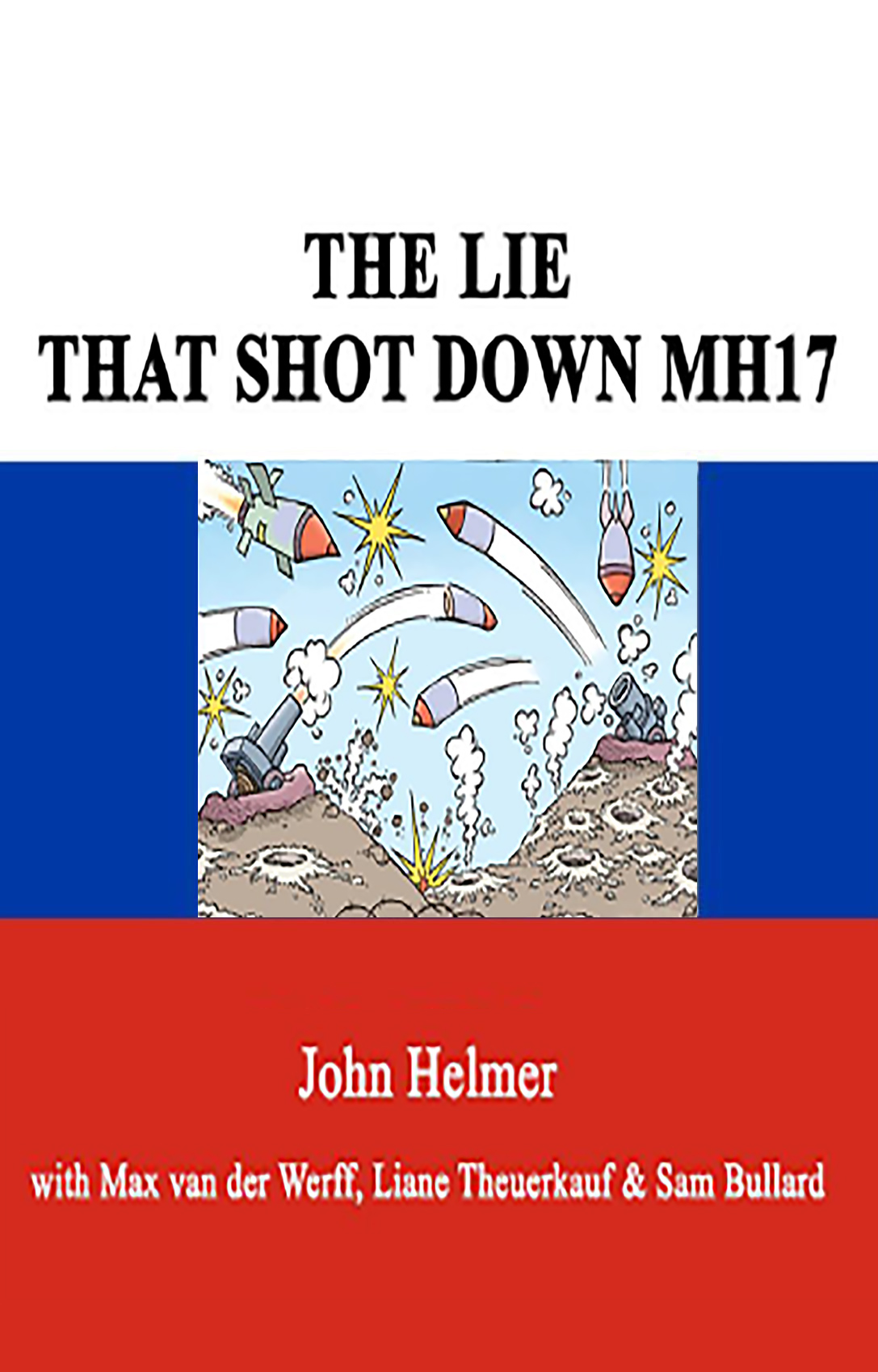
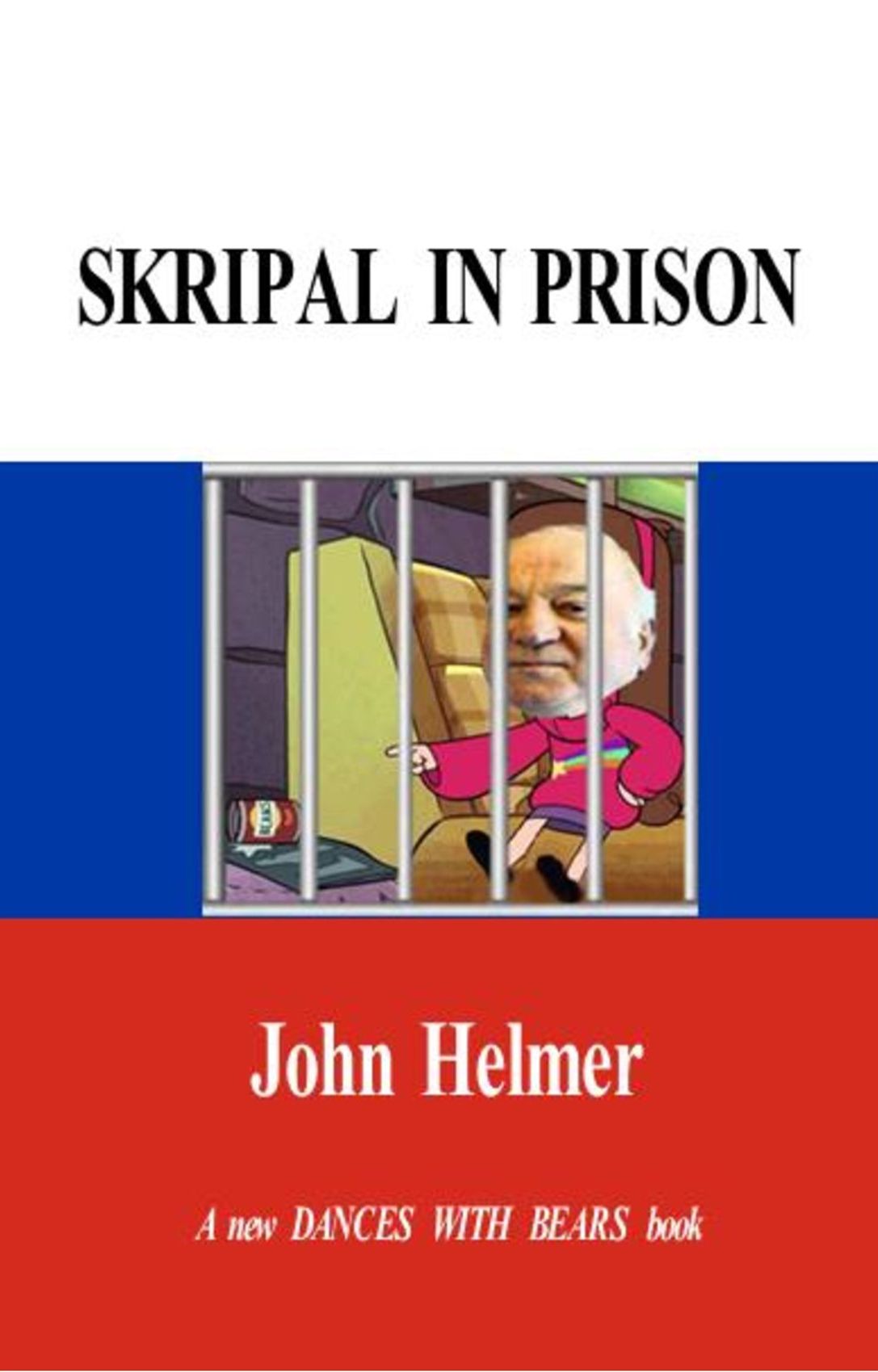
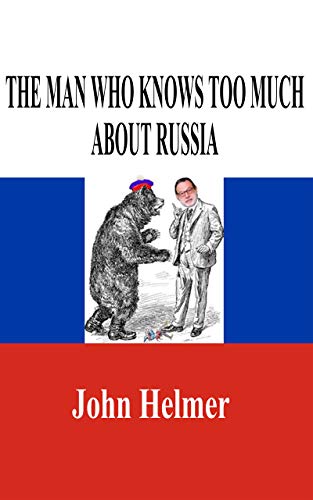

Leave a Reply